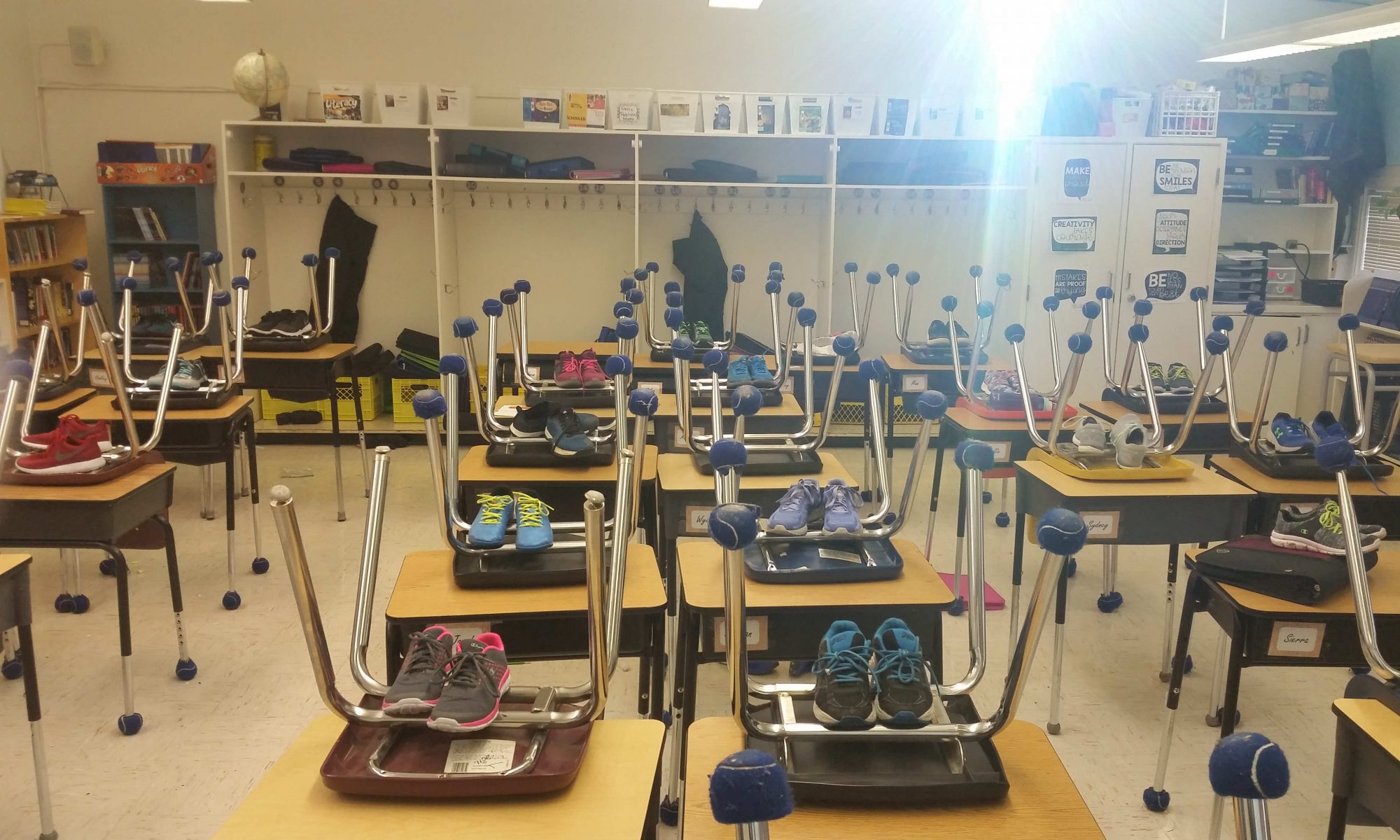When I was in mathematics as a child I remember being taught a certain and specific method or procedure. This is a good example of oppression. Mathematics is a creative, slow-thinking, and creative subject. However in school, we will beg to differ. Mathematics is more than a method because it is an expression and tool. Mathematics is a subject designed to illustrate logic, reasoning, and culture. The Inuit use a base-20 system, which is different from our southern base-10 system. However, math is interdisciplinary and flexible. I think, past-educators made a mistake viewing math as a ‘product’. Mathematics is more of a ‘praxis’ or ‘process’ because of it’s flexibility and diversity. The longer math is taught as a product, the more oppressive and discriminating it will be (Bear, 2000) (Poirier, 2007, p. 57).
Inuit mathematics is different because of base differences; the Inuit math system is base-20, while the European system is base-10. Before European contact, Inuit’s used oral communication, instead of symbols with mathematics. This differs from the European Arabic and roman system. However visually, fingers can be a symbol. Interestingly, the modern Inuit now have a developed German numeral system. However, there is still complications in communication and understanding because of language. Since, the Inuit are developed their own oral system, learning a new European symbol system will be a challenge. Kindergarten to grade 3, an Inuit will learn their language, which uses words for mathematical communication, so at first, Arabic number symbols will be confusing. Also, the Inuit language is based on context with mathematics. These differences challenge European mathematical perspectives because of approach. The Inuit approach math orally, with context, and lastly, with a base-20 system. This challenges the European approach of Arabic symbols, logic and procedure, and finally, base-10 system. This proves the flexibility, creativity, and diversity of mathematics, and proves the conceptual and multi-approach system with math because has multi-approaches and understanding methods (Poirier, 2007, p. 57 – 63) .
References
Bear, L. L. (2000). Jagged worldviews colliding. In M. Batiste (Ed.), Reclaiming
Indigenous voice and vision (pp. 77-85). UBC Press.
Poirier, L. (2007). Teaching mathematics and the Inuit community, Canadian Journal of
Science, Mathematics and Technology Education, 7(1), p. 53-67.

